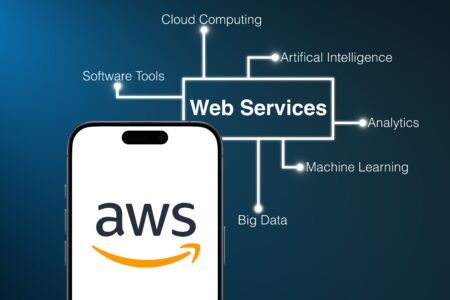The spread of COVID-19 has significantly disrupted many different businesses across the globe in a variety of ways. Worldwide supply chains underwent severe testing while trying to respond to the pandemic. COVID-19 highlighted the under-investment of supply chain tools, technology, and many business processes.
Supply Chain Challenges
Heavy dependence on sourcing from individual suppliers and countries resulted in a scarcity of various products for a lot of companies. For example, the pharma industry had problems with obtaining the active ingredients in drugs because many had already been single-sourced in other countries, such as India and China. These problems also extended in many other areas, such as Apple struggling to keep up with demand due to various parts being developed in China. All of these challenges forced businesses to reconsider their supply chain model and make lasting changes for the future.
Companies have often focused on supply chain consolidation, which usually resulted in suppliers being squeezed. Unfortunately, the impact of these measures has removed buffers and made it less flexible for suppliers to absorb significant disruptions, such as COVID-19. Organizations will need to focus on creating resilience for long-term supply chain interruptions in the future to avoid these problems.
Finding ways to improve the supply chain and make it more durable will require multiple years of effort. Supply chain leaders also need to adapt to the potential of an economic downtime due to post-pandemic healthcare problems while also dealing with social, environmental, and economic legacy issues of the pandemic. Ultimately, this is putting much more pressure on how businesses can improve their supply chain.
Chief Procurement Officer (CPO) Challenges
CPOs will be under significant social pressure to maximize supplier diversity, such as buying items from a variety of firms while also avoiding conditions that violate human rights. Additional challenges for a CPO is dealing with environmental pressure due to global warming while also trying to find ways to limit their carbon footprint by focusing on sustainability. Economic challenges will also remain a concern for a CPO, such as finding ways to improve growth by local sourcing, while also maintaining fair employment practices.
What Is Supplier Diversity?
Looking at ways to adopt a more inclusive approach is essential to a supplier diversity program. Ultimately, this is about creating a strong commitment to maintaining a supply chain that includes a diverse number of groups, such as women or minority-owned businesses. A supplier diversity plan is a proactive approach for businesses to ensure all of the suppliers have an equal opportunity to work with other companies within a supply chain.
Successful organizations understand that creating diversity throughout supply chains can play a key role in unlocking innovation while also enhancing credentials. Procurement also plays a key role in diversification while also creating a more flexible and creative supply base. Leveraging a smaller diverse company also makes it possible to be more flexible and better meet the needs of bigger suppliers.
How to Start a Supplier Diversity Program
A supplier diversity plan makes it possible for a business to maintain moral standards by being more inclusive and diverse while doing the right thing. Supplier diversity doesn’t only benefit underrepresented businesses but also helps to uplift communities by improving wages, tax revenue, and job creation. This is also known as economic impact, which showcases the importance of supplier diversity for the local economy.
Businesses are increasingly measuring their economic impact by creating a supplier diversity program to make it easier to see how diversity impacts local communities. A supplier diversity program also offers economic benefits, as it widens the potential number of suppliers while also promoting competition throughout the supply base. This can often enhance product quality and lower costs. Inclusiveness can also make the supply chain more agile and resilient, which is especially important in today’s uncertain environment. Diverse suppliers can also respond much quicker to demand, which wouldn’t have been possible due to the lack of flexibility.
Developing a More Purpose-Led System
The ever-increasing demand for diversity in the supply chain is critical for a CPO to develop a more purpose-focused ecosystem. This will not only meet moral and ethical goals but will also help to provide competitive advantages. Companies that focus on supplier diversity will eventually lead to more innovations, and sustainable living will become much more common.
Organizations will need to prioritize many operational issues in 2021, such as managing economic, environmental, social, and diversity challenges while maintaining the supply chain. Businesses need to align themselves by focusing on a diverse and more inclusive supply chain to avoid losing out on business opportunities due to inaction.
Related DAC Content
Pandemic Supply Chain Risks and Benefits of Cloud Analytics Migration
Supply Chain Management Automation and Pandemic Risks
Warehouse Management – How Automation Improved the Distribution of Gorilla Glue
The Five Dysfunctions of a Dynamic Team
Top IT Project Management Challenges






